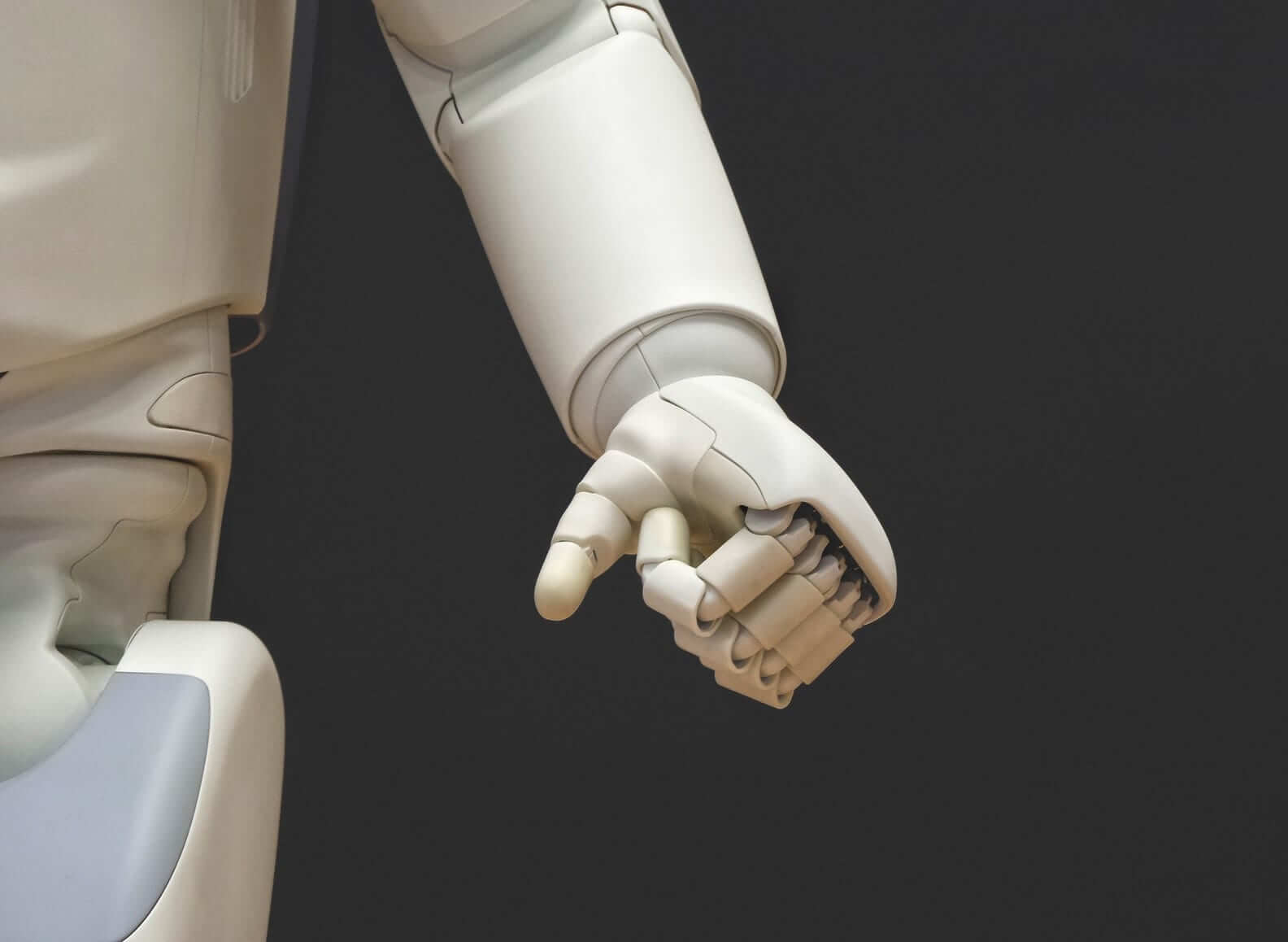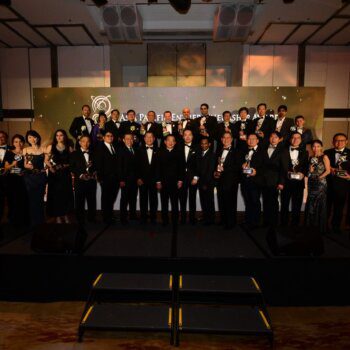The short answer is 64% of companies use AI to be the next big industry disrupter — like Uber, Amazon, and AirBnb. Meanwhile, 36% want to prevent their disruption. Believe it or not, the main mission of companies using AI is not to spy on you, create the next Terminator or automate you out of a job. That is not to say they do not do some of these things in pursuit of their goal. But it is not their main intent. Instead what these companies are doing is focusing their AI efforts on areas of strategic advantage. If snatching the best candidates away from competitors is their biggest advantage, then they focus AI on recruiting top talent. If it is connecting people with stuff they need, they focus on creating AI-based digital platforms.
Can some of these strategic advantages entail spying on you? Yep. They call it “personalization” and it is used to make life easier. Is it 100% ethical in the way it gets executed? Ha! That is a question I will discuss plenty in future posts. Might they deploy drones? Yep. But guess what? Drones are not just for military applications. Drones can also be paired with visual recognition to assess hail damage on roofs, and downed power lines in flood areas where it is not safe for people. While military groups might love a Terminator, it would still take better robotics, several data centers, and Artificial General Intelligence.
AI Frames of Reference
There are thousands of ways to use AI in business. It can be overwhelming to consider them all. To help you, I offer the frames of reference I used when standardizing AI services. They are 1) department, 2) industry and 3) developmental commonalities.
By Department
In IBM’s Accelerating Enterprise Reinvention” CEOs were surveyed to find out where they intended to focus their AI efforts. The top five areas included: 1) Information Technology (IT), 2) Sales, 3) Information Security, 4) Innovation and 5) Supply Chain.
1)Information Technology priorities included management of finances, procurement, and vendors as well as operations, IT architecture and engineering. Information technology can be a huge advantage when done well inside companies or it can be catastrophic when poorly executed. Many business leaders feel IT spends too much and takes too long getting important business projects done. It is no surprise that IT would turn to automation, machine learning, and chatbot-staffed help desks to reduce costs and manage out-of-control numbers of vendors. If you think about how technology solutions are bought within the company, it is often best-in-class, fastest, coolest, easiest or relationship-driven for the department that has the dollars. This amounts to a nightmare for IT vendor management and IT architecture — not to mention the engineering resources required to cobble all the siloed systems together and ensure everything can run properly without one errant bit of code bringing down operations. Just think about how reliant we all are on our IT systems.
2)Sales prioritized AI to connect dots between customer information and customer desires to supply chain operations such as raw materials procurement, logistics, and fulfillment. If you can just imagine, a tennis shoemaker wants to respond to a special marathon that, at the last minute, became an overnight sensation on social media. They have only days to respond to fans with a shoe that could commemorate this super-exciting event. They plan to emboss the logo of the event on the shoe, and thereby immortalize the brand with their customers for reacting so fast to demand.
3) Information Security priorities are to prevent, detect and respond to security breaches. Fraud, hacking, theft of identities and goods are the longest-running applications of machine learning algorithms. Exponentially enhancing previous AI capabilities are always-on location data (via smartphones), social media feeds, individual voice detection, and facial recognition pouring in from the continual posting and tagging of faces in online videos and photos.
4) Innovation is the most aspirational of all uses for AI. It can serve as the platform that enables employees to develop new ideas, source patents against those ideas, and uncover the right entrepreneurs to bring ideas to life. At IBM there was a company-wide competition that centered around an AI innovation platform. The platform came with tools to help employees think outside of the box and then check their ideas to see if it had been done before. Employees were able to leverage the tool kit to help them put the first straw man ideas to paper. More than half of the company participated because it was fun and because it was based on new tech that everyone wanted to learn. The applications they came up with in that 3-month period ranged from anti-bullying apps to systems that could help people maintain a healthy weight through the use of food pictures that auto-converted to food log entries. It is pretty amazing what companies can do when they have their entire workforce focused on innovating new solutions. Not to mention the excitement and energy the competition created that fostered the culture of innovation well beyond the competition period itself.
5) Supply chain AI programs are expected to deliver goods when they are wanted and how they are wanted. Supply chain operations can be the hardest thing to do in companies because there is so much uncertainty about what can impact the raw goods development, the distribution of raw goods and produced goods, and hence the price and constitution of the goods. Of course, you have to know where the goods are and if there are any changes in the midst of everything. Having enough of something versus not having enough, ensuring you have that something right when it’s wanted despite snow, rain, hail, tornadoes, unexpected highway shutdowns — these are ever-changing situations that supply chain leaders have to deal with and still get the products out, still buy the things employees need, and keep the company running. In consideration of these, the priorities for most supply chain leaders include using AI for demand planning and forecasting, risk and security management, and asset management.
By Developmental Commonalities
1) Personalization.
Anything that is customized to individuals involves personalization algorithms — from ads to jobs to diet and fitness recommendations. The theory is that if I can predict and offer you the exact products and services you want, when you want them, how you want them, then you will buy more volume, more frequently, for longer (loyalty) into the future. Essentially, I will have formed a relationship with you by demonstrating that I know you and can predict your needs. This type of AI relies on social media data, location data from mobile phones (turn off location services and weather apps in your mobile phone if you do not want this tracked), web cookies, and direct digital or in-person interactions. Personalization is the AI use case that can often cross the creepy-factor line. This is where an individual’s data privacy gets traded in for coupons, convenience, and connections. The benefits of providing personalization capabilities need to be weighed heavily versus the brand risks, liabilities, and potential regulatory (e.g. GDPR) violations.
2) Preserving expertise, augmenting knowledge.
Shortages of talent in the hiring pipeline and impending mass retirements of the most experienced personnel are the top reasons for the adoption of AI expert systems. These situations have been playing out at numerous firms as top financial advisors, actuaries and seasoned oil rig engineers are coming of retirement age. Company leaders need to quickly preserve the knowledge of these experienced workers to ensure they do not lose revenues during transition periods to new people or full AI automation of those jobs. These types of AI projects entail rigorous training of systems by numerous and varied experts over long periods of time. They need as many scenarios as possible to do their job correctly. Any scenario that the AI has not encountered before could be disastrous because the AI system will not know what to do. Because data scientists and experts cannot account for every scenario the AI may encounter, it is imperative that human experts oversee the AI decisions especially when involved in high-impact situations such as life, death, firings, sentencings, and driving.
3) Answering questions, giving support.
Customers need answers and they want to call in or conduct a quick chat via mobile phone, tablet, or computer whenever they feel like it. AI is good at reading tons of text. It could be given volumes of digitized warranty manuals on automobiles or insurance claims policies or frequently asked questions and customers could ask it questions all day and night. It never gets tired. What’s even better is that each customer interaction — including the type of question and its wording, the AI answer, and the immediate customer reaction/ feedback, help the machine learning algorithm get better over time. This question-and-answer capability is where chatbots have their roots and they are fairly straightforward to set up.
4) Compare and comply.
These AI systems are similar to ledger systems. If you have one thing the AI must read through on one side, then on the other you have some sort of equivalent action that brings about. An example of this would be when there are thousands of invoices coming in with payments due in 30–90 days and not enough people to read through them all in that time. The invoices have paragraphs of text explaining the work that was done and the rate charged. On the other side of the equation, you have negotiated amounts that you will pay for specific services. If you are overcharged for a service, then you will refute your bill and ensure payment does not go through. These types of AI projects use some form of Optical Character Read to digitize invoices, content discovery, and management tools, algorithms that compare invoice text to contractual agreements, automation to interact with payment systems and human experts to oversee the decisions to refuse payment. Compare and comply types of AI are used for all kinds of billing, procurement, warranty, and regulatory reasons. If it has a contract, agreement, laws, or guidelines, and incoming claims, invoices, or violations, then it’s a good candidate for compare-and-comply style AI.
By Industry
Industry-specific uses for AI are as numerous as the new products or services that businesses can create and the regulations that govern them. In the utilities industry, for example, a start-up uses visual recognition programs in drones to identify downed power lines in places that energy companies could not physically get to because of snow and flood waters. An industry-specific regulatory example includes using AI for the banking industry’s Anti-Money Laundering compliance.
The goal of this article was to help simplify ways to think about the overwhelming number of AI initiatives that are announced daily. I hope it helped you.
About the Author
This article was written by Cortnie Abercrombie of A.I. Truth. See more.





























